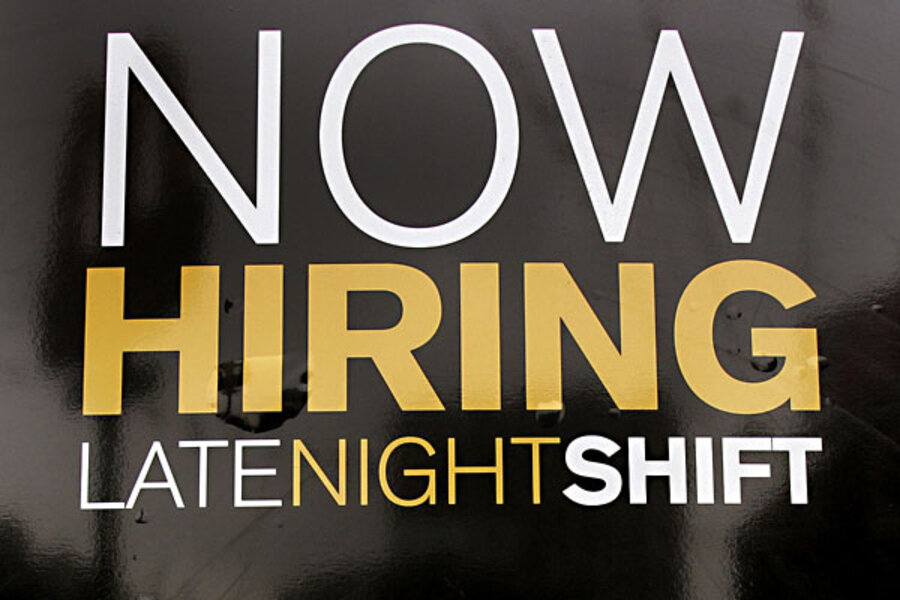The unemployment rate underestimates the jobless problem
Loading...
Judging from the 8.6% headline unemployment rate number, the current employment situation isn't really that catastrophic. It's bad as it is significantly above the 4.4% rate we saw during the cyclical peak in 2007, but less so than in 1982 when the unemployment rate peaked at 10.8%.
Yet this number doesn't include many people who really should be considered unemployed because they would prefer to have a job, but have given up give up after having seen their job applications rejected countless times. As a result, the labor force participation rate has dropped from 66.4% in January 2007 to 64% in November this year. While it is possible that some of the drop in the participation rate is caused by an unprecedented surge in the will to voluntarily become homemakers, that is implausible beyond an unsignificant extent and there is no evidence whatsoever for believing it.
One way of estimating the true unemployment rate would then be to divide the employment rate with the January 2007 participation rate. The employment rate last month was 58.5% and 58.5/66.4 is 88.1%, meaning that the true unemployment rate is 11.9%. That's down from the July peak of 12.5%, but still higher than in 1982.
But didn't the participation rate drop during the 1981-82 recession? Actually no, in fact it increased marginally, from 63.7% in July 1981 to 64.1% in December 1982.
Some readers may note that the absolute level of the participation rate was roughly the same in 1982 as now and wrongly conclude that there was a lot of hidden unemployment then too. That would however be a wrong conclusion as it was far more common back then for people, usually women, to voluntarily choose to be homemakers. This is evident from the fact that while the female participation rate rose from 53.1% in December 1982 to 59.5% in November 2011, the male participation rate fell from 78.7% to 73.4% during the same period.
(The source for all these numbers can be found here)





